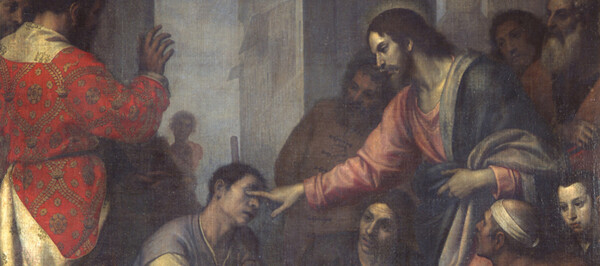
Seven years ago, the last prominent person I learned about the use of tobacco for smoking was released. The history of the Spaniards' introduction to this habit dates back to the 15th century when Christopher Columbus returned from his voyage to the New World with tobacco leaves he presented as a gift to Queen Isabella and King Ferdinand. Shortly after Columbus' return with tobacco from his second voyage to the New World, some sailors began smoking and carried this distinctive habit to Spain. Subsequently, they discovered that smoking had a special charm, where many of them could not refrain from trying tobacco in a pipe. Tobacco reached France through the explorer André Thevet, who brought it there in 1555, leading to the spread of the habit of smoking in Europe. Among the early Europeans who learned this habit was the sailor Rodrigo de Jerez, who brought it to Spain. While many historical sites claim Columbus taught the world how to smoke tobacco, evidence suggests that he may have received his first glimpse of tobacco and its use at sea. The earliest description of tobacco dates back to November 15, 1492, in Columbus's memoirs, which described the habit of the indigenous peoples of America in their use of rolled tobacco leaves. Currently, it has been confirmed that all types of smoking, including the use of electronic cigarettes, pose a health risk. Smoking is considered one of the leading causes of cancer and leads to many other health issues. What is astonishing is that doctors in the 16th century believed at times that smoking had health benefits.














